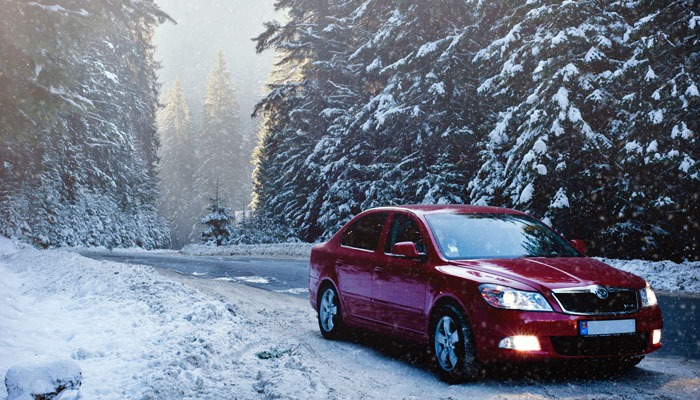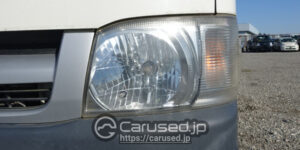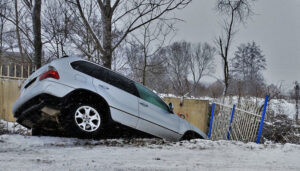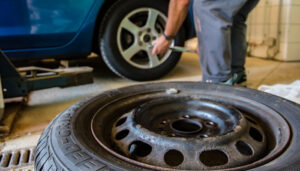If you’ve experienced driving during severe weather conditions, you probably know how dangerous and frightening it is. So, if you plan on travelling this winter season, you must know the rules for ensuring a safe drive on the snowy and icy roads. In this post, we are going to discuss the top driving tips that will help you keep your peace of mind while driving in adverse weather.
Make Proper Preparations
It is a good idea to switch to winter tires because they provide better traction under icy or snowy conditions. Before you head out, make sure you prepare your winter emergency items and keep them in the boot. Here are some of the essentials you should store in your vehicle:
- Tools for getting your car unstuck from snow – lightweight shovel, ice scraper, and tire chains.
- Items for keeping yourself warm and comfortable – blankets, candles, hand warmers, and non-perishable food (trail mix, meat jerky, or anything rich in protein in case you get stranded for extended periods).
- Emergency kit – first aid items, flares, and a flashlight.
- Quick fix items – jumper cables, extra washer fluid, and basic repair tools.
Before you head out, make sure you free all windows, mirrors, and the top of your vehicle of frost or snow. Make sure you check our tips for preparing a vehicle for the winter.
Drive Slowly and Smoothly
Avoid making any abrupt stops or turns when driving on slippery roads. Otherwise, your car will start to skid, and you will lose control over it. Keep in mind that one of the main causes of winter collisions is driving too quickly. So, be careful when you’re driving on ice and snow-covered roads. It is better to keep your speed low than to regret not doing so later on.
Avoid Tailgating
Keep in mind that when you’re driving on icy or snowy roads, stopping takes much longer. So, avoid tailgating to prevent accidents from happening. Leave enough room between your car and the one before you.
Before Making Turns, Brake
You must reduce your speed before making turns. To do this, you need to brake slowly. After rounding the corner, you are free to accelerate again.
Know How to Control Skids
If you start skidding, do not follow your natural instincts. Instead, let your vehicle turn to the skid, then start accelerating. This will transfer the weight of the car from the front to the rear, allowing you to regain control.
Keep the Lights On
It is important to switch your lights on for other drivers to see your vehicle easily. You should make your car stand out against the monochromatic background. You should also bring reflective triangles or vests with you in case you need to get off your car in the middle of the road.
Do Not Use Cruise Control
When you’re driving in icy, wet, or snowy conditions, do not use cruise control. If your vehicle hydroplanes, it will automatically attempt to accelerate. Thus, you will lose control of your car and get into an accident.
Avoid Pumping the Brakes
Some vehicles are equipped with an anti-lock braking system (ABS). If your car has one, you should not pump the brakes. Let the system perform its work, and simply apply constant pressure.
Be Attentive
It can be difficult to perform maneuvers in the snow. So, it is crucial that you anticipate your next move. Give yourself enough room for stopping and making turns. Moreover, you should accelerate slowly and maintain good traction.
What are your go-to items in your winter emergency kit?
Share your answer in the comments section below!



